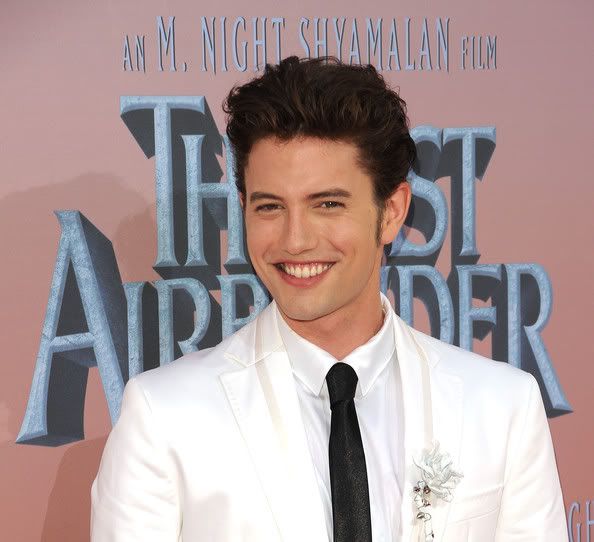On the big screen, “The Last Airbender” (a certain James Cameron movie forced the title tweak) is a live-action film that subtracts much of the multi-culturalism, and adds useless 3-D and tons of CGI.
Guess which one is worth your while?
The movie arrives chased by controversy — protests by fans that the story has been figuratively whitewashed. Although several characters like Katara and Sokka were dark-skinned in the cartoon, here they’re played by Caucasians.
Director M. Night Shyamalan, trying to get ahead of the criticism, has said that anime often blurs race (which is true). He’s also said that he didn’t know the backgrounds of some of the actors when he cast them (which sounds dubious).
 But the fact remains that race is a factor here. Caucasian actors in the movie tend to get lines; non-Caucasian actors tend to be used as background. The movie’s Fire Nation tribe has Indian and Maori stars — but they’re the swarthy villains.
But the fact remains that race is a factor here. Caucasian actors in the movie tend to get lines; non-Caucasian actors tend to be used as background. The movie’s Fire Nation tribe has Indian and Maori stars — but they’re the swarthy villains.For a director who is himself Indian-American, it’s a pretty thoughtless approach, at best.
But that’s not the biggest problem with “The Last Airbender”; even in the show, our hero Aang, for all his Tibetan trappings, often seemed blandly American. And movies can be excruciatingly p.c. and still be dreadful.
What really hurts this pretty film is how pretty dull it is.
The TV show created an incredibly complex world over three seasons. This picture (the first in a proposed trilogy) tries to accomplish a year’s worth of work in two hours. So we get titles and flashbacks, baldly expository dialogue and clumsy narration.
It doesn’t help.
Nor does the cast. First-timer Noah Ringer moves well enough as the kick-boxing messiah Aang, but he’s no actor, and Nicola Peltz and Jackson Rathbone are terminally bland as Katara and Sokka, respectively. (Meanwhile, as the villain, Aasif Mandvi chews the scenery as if he were at an all-you-can-eat buffet.)
For all his over-hyped screenplay trickery, Shyamalan has always been an old-fashioned filmmaker; unlike “Prince of Persia,” say, “The Last Airbender” eschews quick cutting and multiple close-ups to let its action unfold in long, beautifully photographed master-shots.
While it’s an interesting change, it’s a misjudged one. Because the actors are so forgettable, we don’t care about the characters; the stateliness of the photography only distances us further.
For the uninitiated, the plot concerns a prophesied hero awoken from a 100-year sleep; he has the power to control (or “bend”) air, and once he can master the other cosmic elements, he can save the world. Or, at least, save it from the evil Fire Nation.
Naturally, the flamers don’t intend to let Aang finish his studies.
They shouldn’t worry so much. Although there’s supposedly more to come, this expensive epic has the huge, hugely desperate feel of “The Golden Compass,” “Eragon” and all those other films that were supposed to kick off kids’-movie franchises — and never got past their first installments.



Inga kommentarer:
Skicka en kommentar